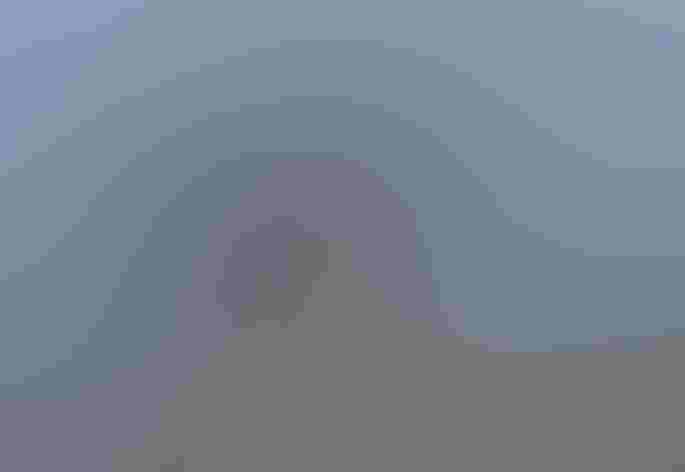Black Oystercatcher
At a Glance
Where the Pacific Ocean breaks against rocky shorelines, pairs of these big black birds stalk about on the rocks and nearby flats. If disturbed, they take flight with loud, ringing whistles, easily heard above the sound of the waves. Their range stretches from Alaska to Baja, but Black Oystercatchers are scarce along the coast of southern California, where the shoreline is mostly sandy, not rocky.
All bird guide text and rangemaps adapted from by Kenn Kaufman漏 1996, used by permission of Houghton Mifflin Harcourt Publishing Company. All rights reserved.
Category
Oystercatchers, Sandpiper-like Birds
IUCN Status
Least Concern
Habitat
Coasts and Shorelines
Region
Alaska and The North, California, Northwest, Western Canada
Behavior
Direct Flight, Rapid Wingbeats, Running
Population
10.000
Range & Identification
Migration & Range Maps
Mostly permanent resident. No regular migration, but wanderers away from breeding areas are most likely to be seen in spring and fall.
Description
17-17 1/2" (43-44 cm). All black (browner on back) with oversized, bladelike red bill, yellow eyes. Relatively short, thick, pale legs. Juvenile has dark tip on bill.
Size
About the size of a Crow, About the size of a Mallard or Herring Gull
Color
Black, Pink, Red
Wing Shape
Broad, Pointed, Tapered
Tail Shape
Rounded, Short, Square-tipped
Songs and Calls
A whistled wheeee-whee-whee-whee.
Call Pattern
Flat, Undulating
Call Type
Chatter, Chirp/Chip, Scream
Habitat
Rocky coasts, sea islets. Found at all seasons along rocky shorelines, especially on small offshore islands where predators are fewer; chooses areas with abundant shellfish and other marine life. In winter, also commonly found on mudflats close to rocky coastlines, but uses mudflats less in summer.
Sign up for 爆料公社's newsletter to learn more about birds like the Black Oystercatcher
Behavior
Eggs
2-3, sometimes 1. Pale buff to olive, spotted and scrawled with brown and black. Incubation is by both parents, 24-29 days.
Young
Downy young remain near nest at first; parents take turns guarding the young and going to get food for them, walking back and forth to nearby intertidal zone. Older chicks follow their parents to feeding areas and are fed by them there. Young can fly at age 5 weeks or older; begin to catch some of their own food then, but are still fed by parents for some time thereafter.
Feeding Behavior
Forages mostly near low tide, resting at high tide. When feeding on mussel beds, typically removes the mussel from its shell and leaves the shell in place. The birds have two methods of opening the shells of bivalves. In one, finding a mussel with its shell slightly open, the oystercatcher quickly jabs its bill into the opening, cutting the muscles and then cleaning out the contents. In the other method, the bird simply hammers on the shell to break it open.
Diet
Mostly mussels, limpets, other shellfish. Diet varies with place and season, but feeds mostly on mussels where they are abundant; also limpets, whelks, urchins, crabs, marine worms, beetle larvae. Young birds, newly independent, may eat fewer mussels at first, perhaps lacking the skill to open them.
Nesting
May mate for life. Almost always nests on islands. Pairs typically defend a breeding territory that includes both an elevated area for nesting, well above high tide, and an adjacent feeding area with mussels beds or other food source. Nest site is on ground well above high-tide mark, on gravel, grassy area, or depression in rock. Nest (built by both sexes) is slight scrape, with sparse lining of pebbles, pieces of shell.
Conservation
Conservation Status
Still widespread along Pacific Coast, numerous in some areas. Vulnerable to effects of oil spills and other pollution in intertidal zone. Also very vulnerable to disturbance at nesting sites.
Climate Threats Facing the Black Oystercatcher
Choose a temperature scenario below to see which threats will affect this species as warming increases. The same climate change-driven threats that put birds at risk will affect other wildlife and people, too.






